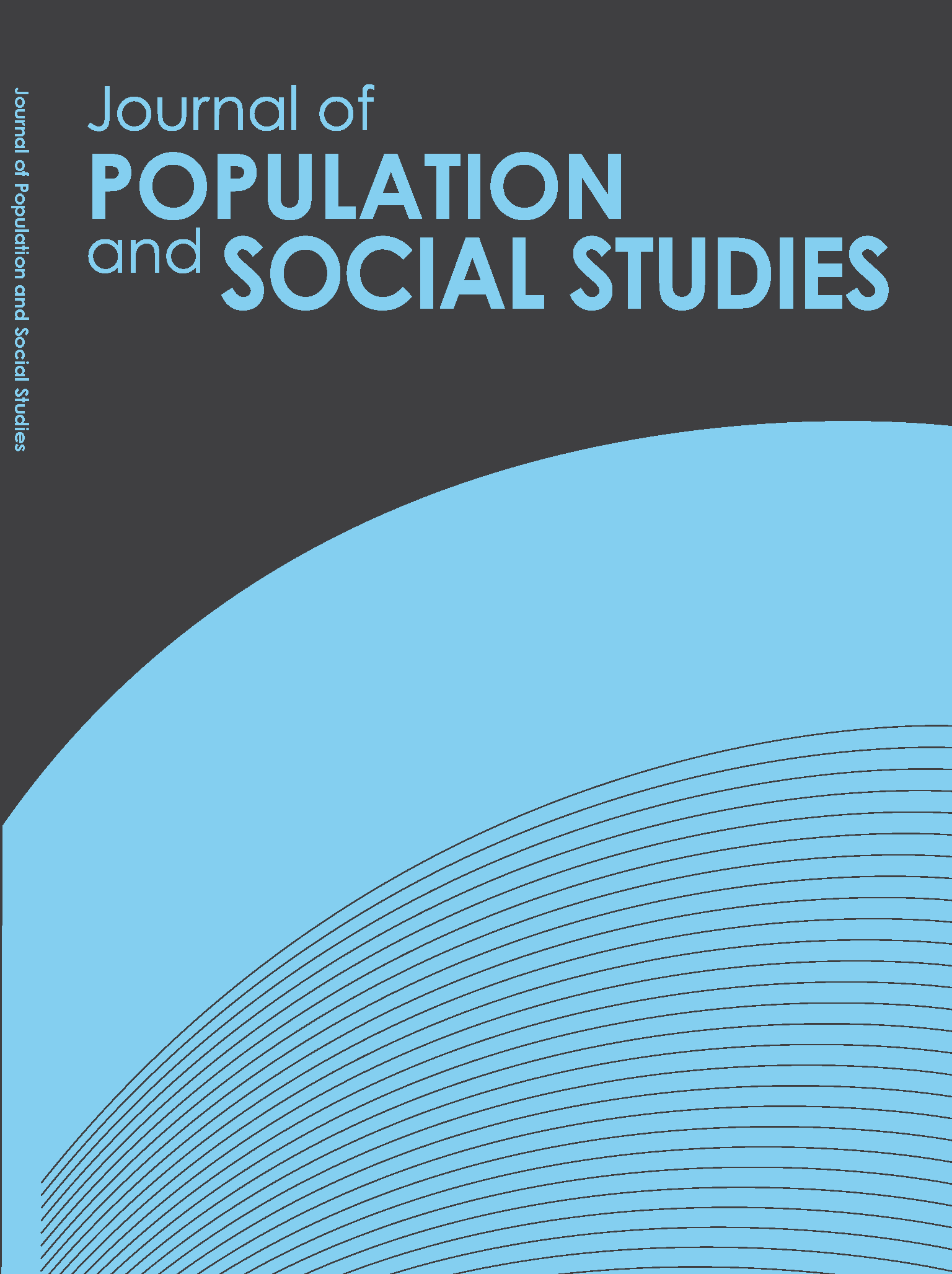Contraceptive Choice and Rural-Urban Migration in Malaysia: A Test of the Adaptation Model
Main Article Content
Abstract
The study of fertility behavior among rural-urban migrants has recognized that the difference between fertility of migrants and fertility of rural stayers could be due to selection of migrants, adaptation to urban constraints and norms, or disruption by migration. In this paper, data from the Malaysian Family Life Survey is used to determine whether there is adaptation resulting from rural-urban migration. In particular, the effect of duration in the urban area on the practice and choice of contraception is examined.
The major conclusion of this study is that adaptation by rural-urban migrants is a significant phenomenon. Contraception use rates increased significantly for migrants one year after they moved.
The largest increase occurred five to ten years after migration. These findings suggest that adaptation operates so as to result in lower fertility among migrants. As such, a strong argument can be made that
movement to urban areas should be encouraged as a mechanism for achieving lower national fertility rates. Policymakers may make special efforts to expedite and increase the fertility reductions associated
with migration through educational programs directed at migrants or by providing them with easier access to family planning facilities.
The major conclusion of this study is that adaptation by rural-urban migrants is a significant phenomenon. Contraception use rates increased significantly for migrants one year after they moved.
The largest increase occurred five to ten years after migration. These findings suggest that adaptation operates so as to result in lower fertility among migrants. As such, a strong argument can be made that
movement to urban areas should be encouraged as a mechanism for achieving lower national fertility rates. Policymakers may make special efforts to expedite and increase the fertility reductions associated
with migration through educational programs directed at migrants or by providing them with easier access to family planning facilities.
Article Details
How to Cite
Manner, C. K. (2011). Contraceptive Choice and Rural-Urban Migration in Malaysia: A Test of the Adaptation Model. Journal of Population and Social Studies [JPSS], 19(2), 167–181. retrieved from https://so03.tci-thaijo.org/index.php/jpss/article/view/84533
Section
Research Articles


